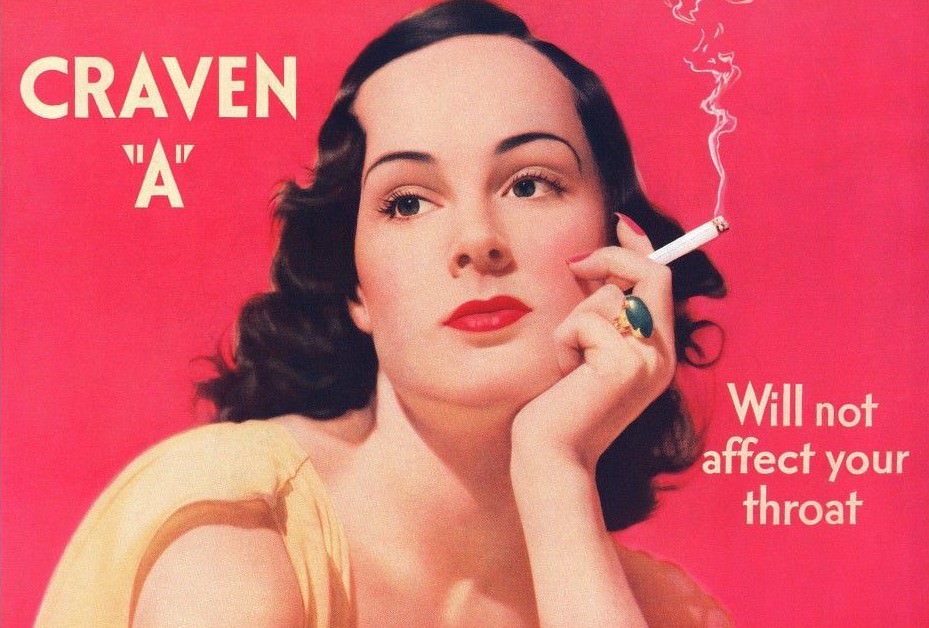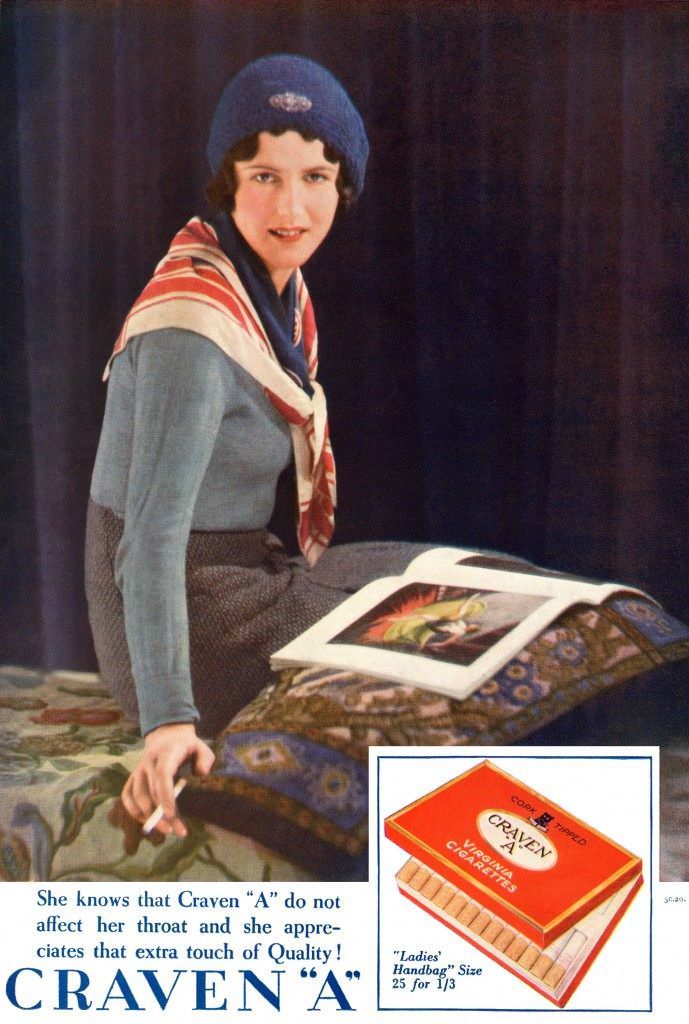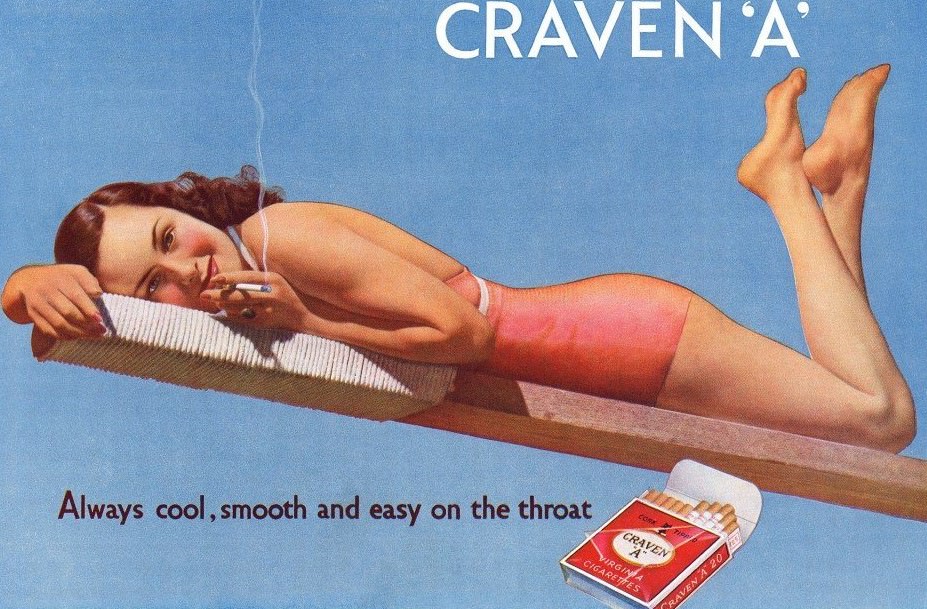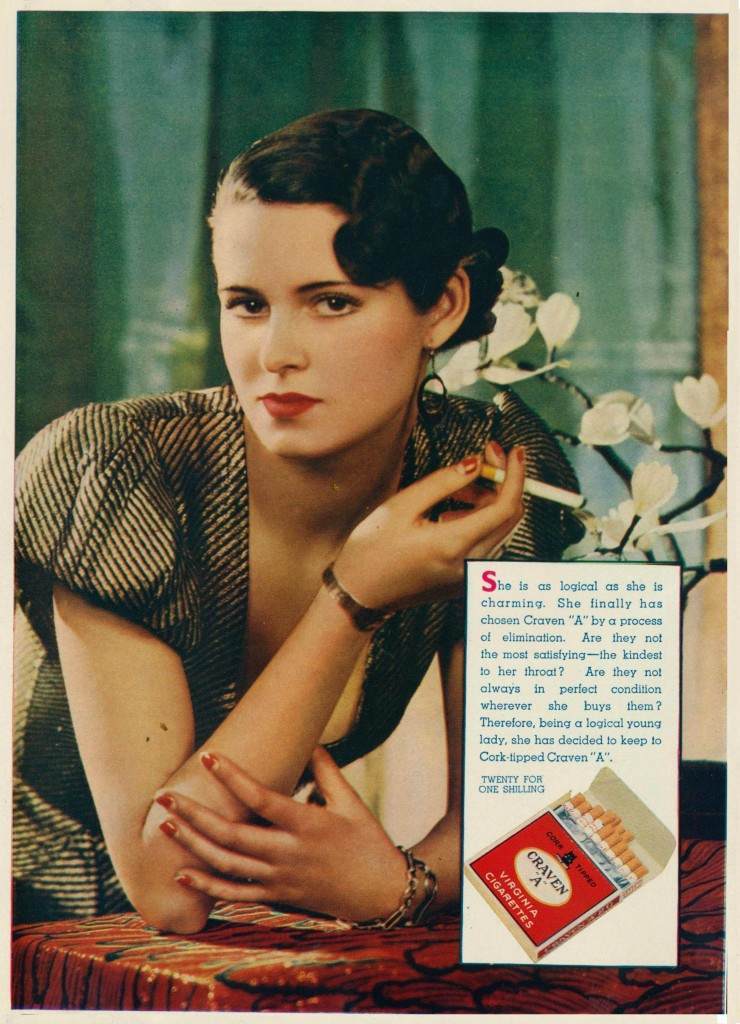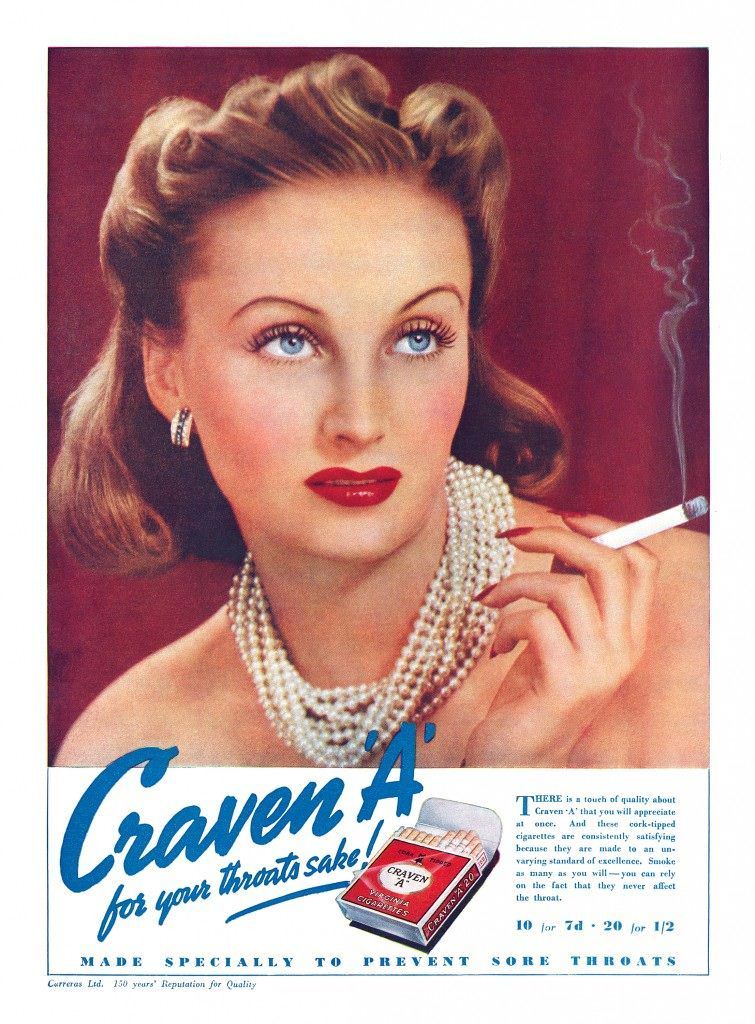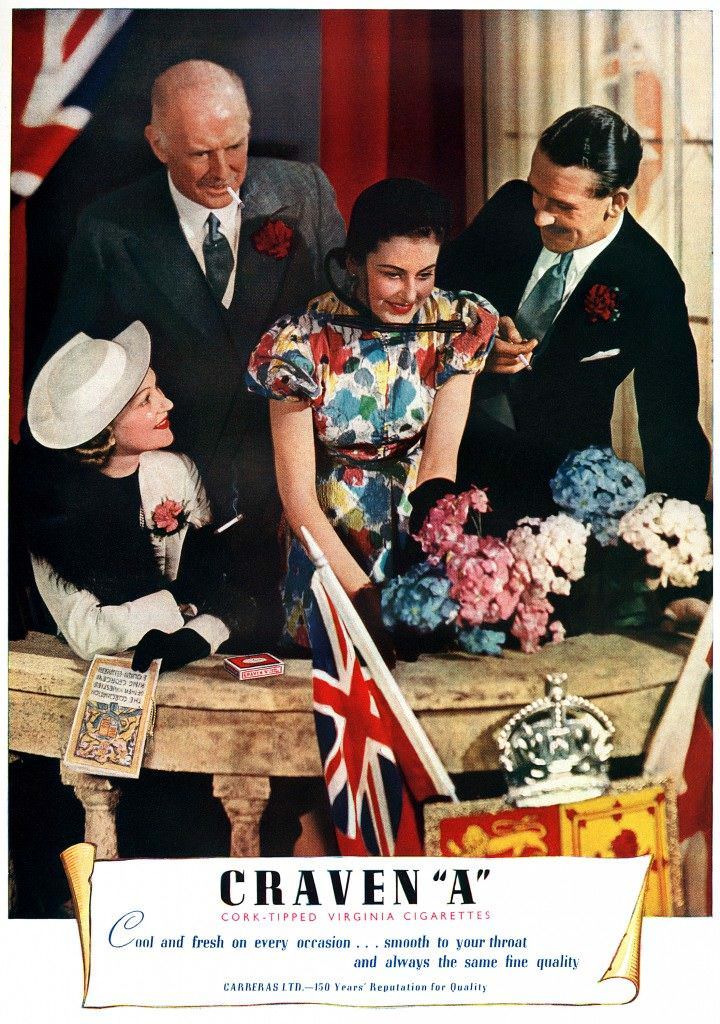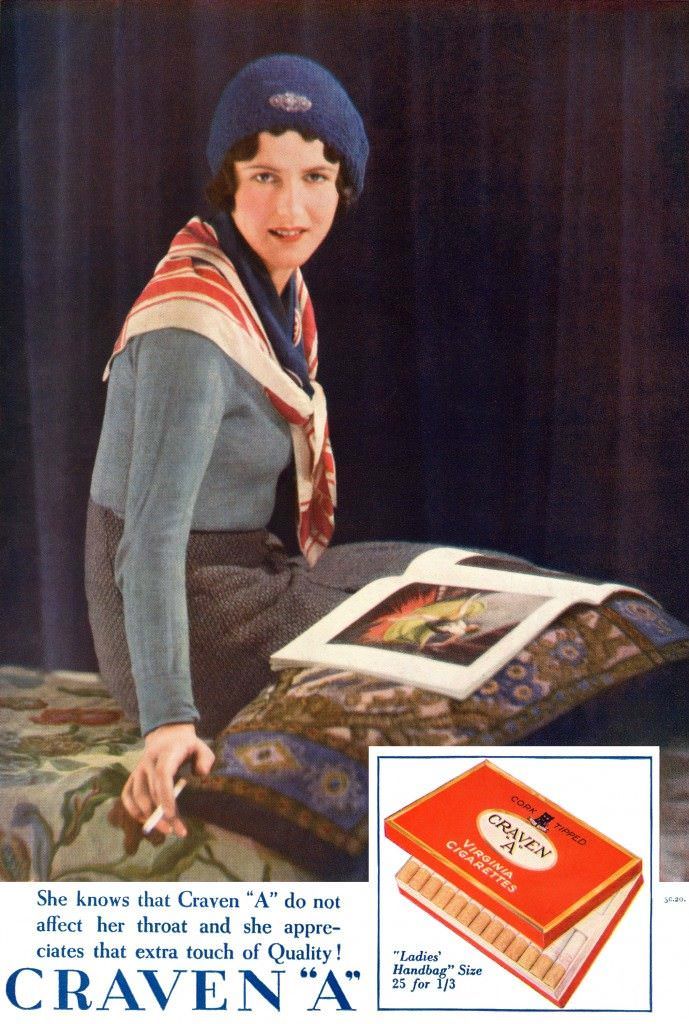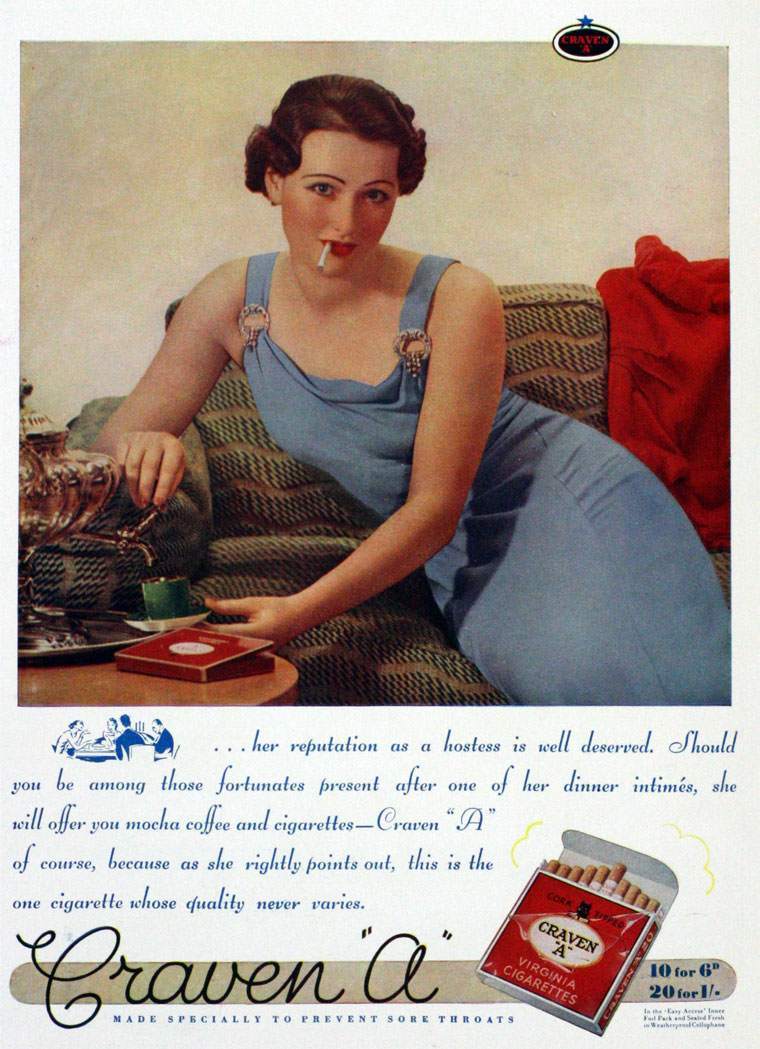Craven ‘A’ was a well-known cigarette brand that gained popularity in the early parts of the 20th century. During the 1930s, like many companies at the time, Craven ‘A’ used advertising to reach customers. Cigarette ads from this era often used various claims to attract smokers, and Craven ‘A’ had a particular focus in their messaging.
A prominent theme in Craven ‘A’ cigarette advertising during the 1930s centered around the idea of protecting or being kind to the smoker’s throat. Advertisements frequently used slogans and phrases that suggested smoking Craven ‘A’ was a smoother or less irritating experience compared to other cigarettes available at the time. The phrase “For Your Throat’s Sake!” captured this key message directly.
These ads aimed to convince people that choosing Craven ‘A’ was a thoughtful decision for their comfort while smoking. They presented the cigarette as a gentler option. The messaging suggested that smokers could enjoy their habit without worrying as much about throat irritation, a common complaint among smokers.
Read more
The visual style of cigarette ads in the 1930s often featured elegant illustrations or simple, clean designs. Craven ‘A’ ads used this style to present their product attractively. The focus was typically on the cigarette pack itself, often shown alongside imagery that suggested quality, sophistication, or well-being. The ads created a picture of a pleasant smoking experience linked to the product’s supposed benefit for the throat.
A unique feature of Craven ‘A’ cigarettes that were highlighted in advertising was their cork tip. At the time, many cigarettes did not have tips, or they were made of plain paper. The cork tip was a distinguishing characteristic for Craven ‘A’. Advertisements connected this physical feature to the idea of a smoother smoke, suggesting the cork tip somehow filtered or improved the smoking experience for the throat.
The ads targeted the general smoking public, both men and women. They appealed to anyone who might be concerned about the harshness of smoking or who was looking for a cigarette perceived as higher quality or more refined. The messaging tapped into a desire for a more comfortable way to smoke.



